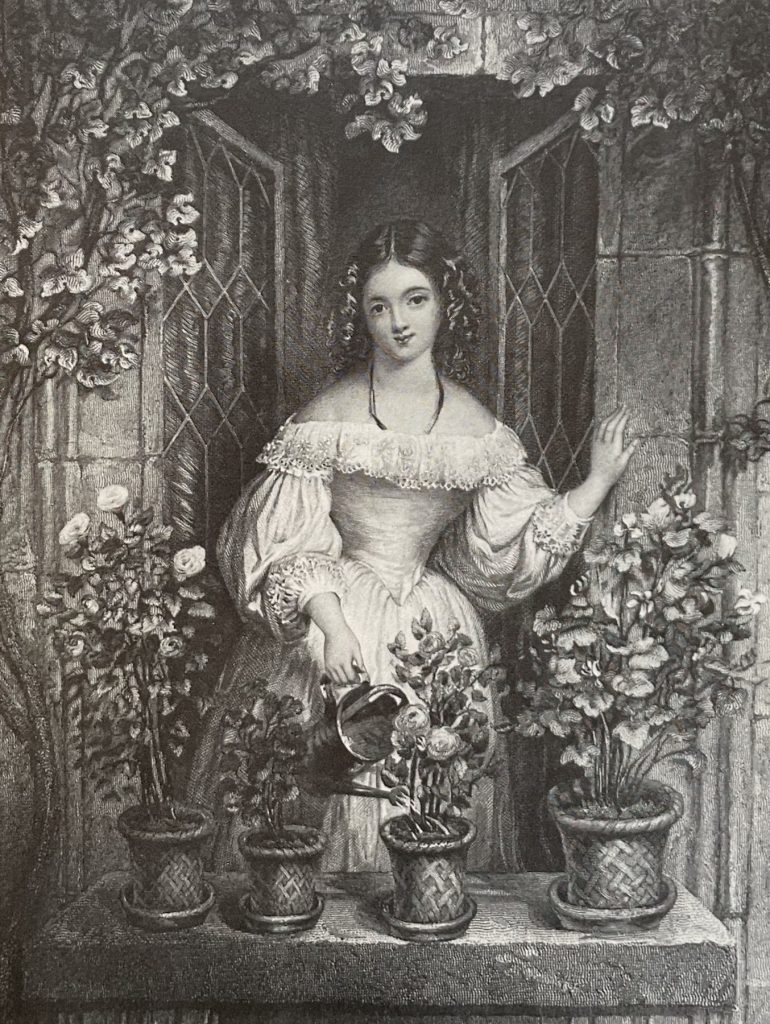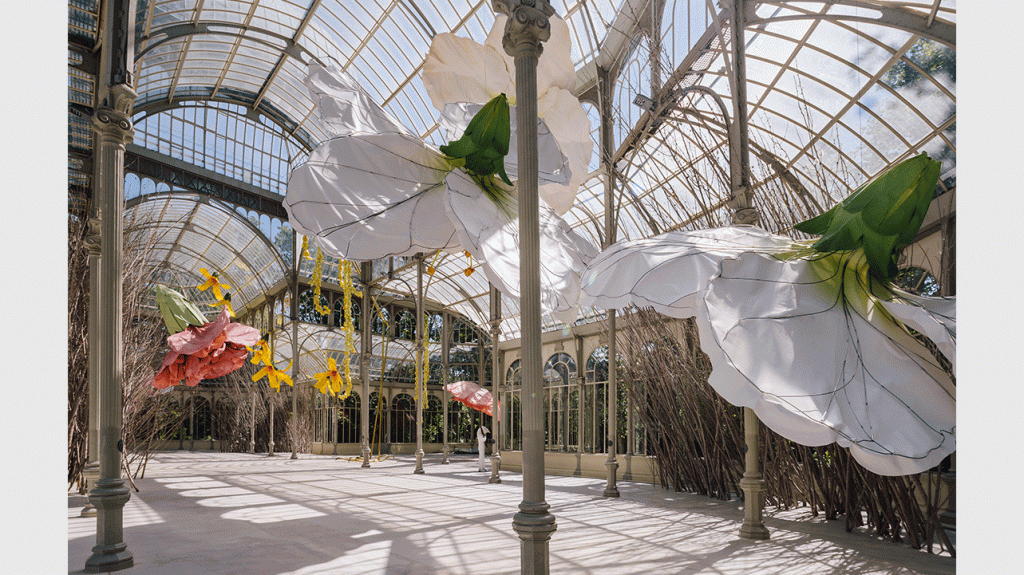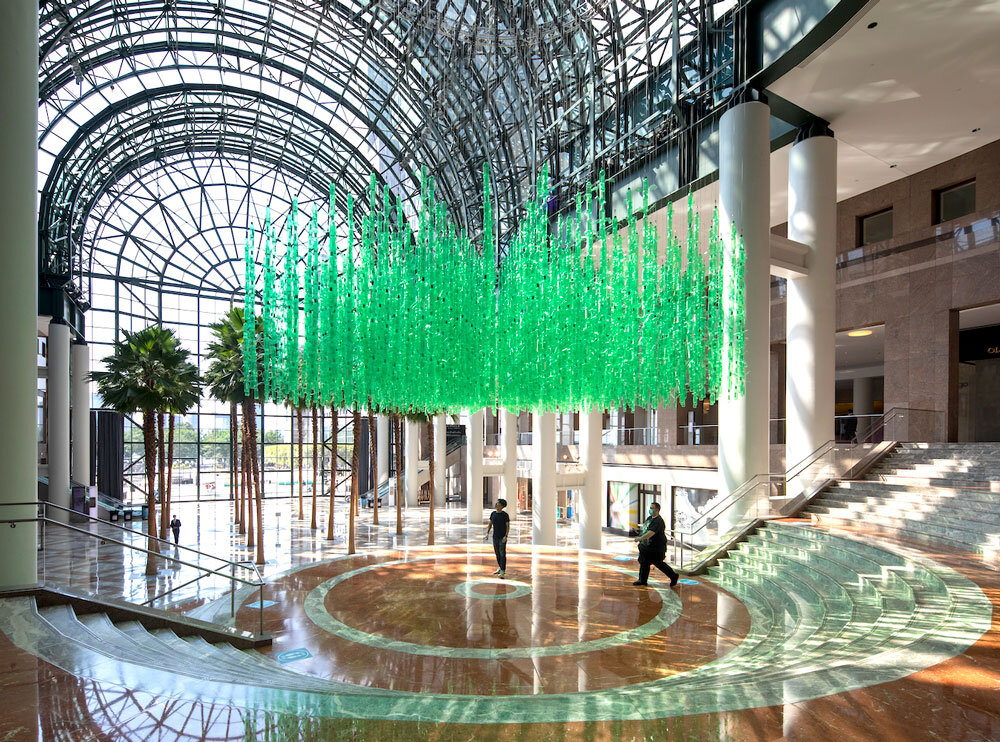It’s been quite a while since ladies fell onto their fainting couches or fumbled behind the fernery with their dashing callers – a hot date back in the day. But once the happy couple settled into domestic propriety, the fragile young girls became women of some substance, with children to raise and a home and garden to tend.
To hold their dainty hand through this was Andrew Jackson Downing whose magazine The Horticulturist was America’s manual to perfectly dressed and artfully arranged homemaking, and an indispensable guide to garden-living during the 1840s-50s. Think of Downing as a forerunner to today’s influencers … a Martha Stewart for the burgeoning American middle class in the years before the Civil War.

Addressing his female readership, which Downing did regularly and with emphasis on the importance of their role in creating a new society on firm ground, he wrote for his magazine an article titled ‘Citizens Retiring to the Country’, “If you wish to be prudent, lay out your little estate in a simple way, with grass and trees and a few walks…you may fill it with shrubberies and arboretums, and conservatories, and flower gardens, till every tree and plant and fruit in the whole vegetable kingdom, of really superior beauty and interest, is in your collection.” He believed it was every citizen’s right to have their own home and garden to which they could retire from the hurley-burley of nation-building, but only as long as it was artfully done.
From the mid-1800s, Glasshouses and Greenhouses became an integral part of the home garden and with the advent of plate glass and new technologies, began appearing in ever greater numbers and varieties of styles and size; still the fascination of growing under glass remains with us. And not just with gardeners; the ongoing pandemic has shifted our focus not only to how we live, but where we live: We’ve taken to securing our nests and ourselves within them. This hasn’t been lost on visual artist Petrit Halilaj, who spent his formative years in an Albanian refugee camp during the 1998-99 Kosovo war. His current exhibition at the Tate St. Ives in Cornwall, England is framed by his childhood drawings that that he used to evoke memories of his vanished home and gentle landscapes. From this grew his fascination with birds and nest-building, which in turn inspired his 2020 installation in the conservatory of the Museo del Arte Reina Sofia, in Madrid Spain. This work is a joyful celebration the bower bird’s habit of constructing enormous nests decorated with exuberant collections of gaudy, glittery finery. Windows were left open In the Reina Sofia Glasshouse, and feeders were dotted around so that birds could interact with the show and the visitors who could observe live nature amidst the artificial world of giant flowers suspended from the ceiling — a topsy-turvey garden, in a world that was itself being turned upside-down.

In 2017 in Davenport, Iowa, artist Jean Shin worked with the Figge Art Museum and volunteers from the Quad-City Community to make MAiZE, an ersatz field of corn in a location where much of the surrounding arable land is dedicated to corn monocropping. Shin’s art draws heavily on her concerns about sustainability and the environment, and this installation addressed humanity’s considerably less than satisfactory stewardship of earth’s resources and nature itself. The cornstalks are made from empty plastic soda bottles, which mostly end up in landfills and pollute waterways and the oceans. Recycled Mountain Dew bottles were used and that’s part of her statement: it’s a carbonated drink sweetened with corn sugar, one which has its own downsides on human health and well-being.

From mid-July to mid-August 2020, when pandemic rules were keeping so many of us at home with plenty of time to think; Jean Shin took MAiZE to New York and turned the cornstalks upside down to fashion an enormous chandelier; it hung within the grand entry to Brookfield Place, a glass walled atrium at the heart of an enclosed shopping precinct, that is just blocks away from the 9/11 Memorial in New York’s financial district. The installation, titled Floating MAiZE, adds to the artist’s earlier statements about sustainability. The Brookfield atrium has a permanent décor of, as Shin describes it, “outrageous” artificial palm trees. Perhaps this is wink to some of the palm houses that are part of famous botanic gardens, but Shin saw them as references to the faux landscapes we often think of as “natural” — like cornfields — which are far from natural, and simply vast monocrop fields shaped by the agricultural industry. So, with Floating MAiZE, an inverted artificial landscape made of green plastic bottles that once held corn-sugar sweetened beverage, the artist brought together all the contradictions we live with in a meaning-filled statement, but one that has a disconcerting charm.
Virtual gallery hopping over the past year has taught me that artists of every stripe seem to enjoy the translucent spaces of Glasshouse structures as venues for their creations. The ambivalent indoor/outdoor character of a Glasshouse lends itself to spatial playfulness, but the content conveys a message reminding us that it’s in our best interests to pay active attention and act in the best interests of nature.
The journey continues.
©Ethne Clarke, 2021
To see more Petrit Halilaj art visit https://kamelmennour.com/artists/petrit-halilaj
Learn more about the installation go to https://www.museoreinasofia.es/en/exhibitions/petrit-halilaj.
Jean Shin’s installation Floating MAiZE and its companion piece Last Straw are described at https://lmcc.net/river-to-river-festival/river-to-river-2020-four-voices/floating-maize-the-last-straw/.
For an interview with the artist, go to https://youtu.be/NZQMx-i5NPc.
Find out more about the artist’s gallery exhibit MAiZE and her other work at her website, https://jeanshin.com.










